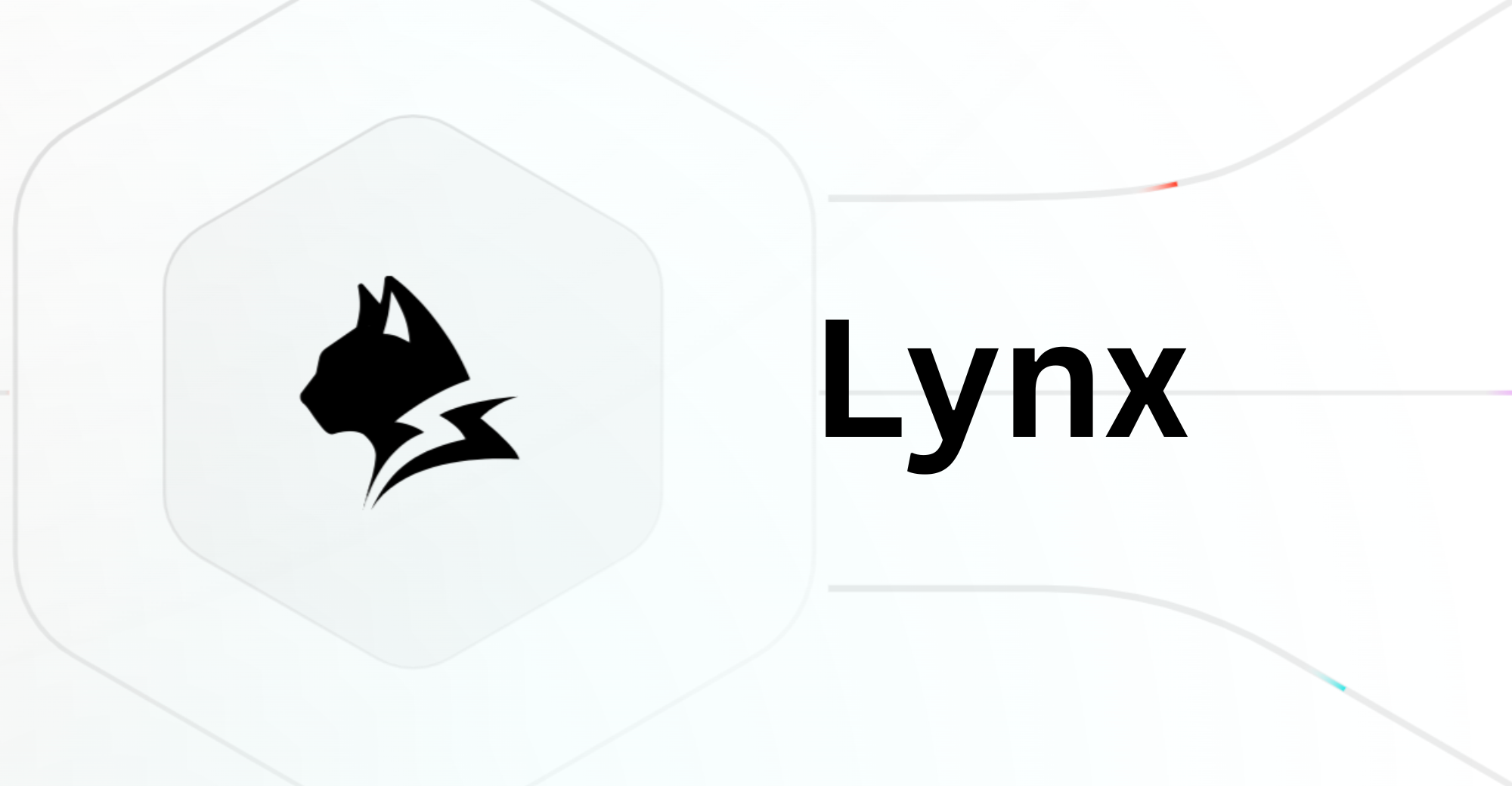Lynx: A New Player in the Cross-Platform Development Game
By Jayden Ireland on 3/12/2025

What is Lynx?
Lynx is an open-source, cross-platform UI framework designed to enable developers to build native-quality applications for Android, iOS, and the web using a single codebase. It combines the best aspects of frameworks like React Native and Flutter while introducing unique innovations, such as a dual-threaded architecture and full CSS support. ByteDance has already deployed Lynx in high-traffic applications like TikTok, where it powers features such as the search panel and TikTok Studio.
Key Features of Lynx
- Dual-Threaded Architecture: Lynx separates UI rendering and business logic into two threads:
- The main thread, powered by the custom JavaScript engine PrimJS, handles UI updates and animations.
- A background thread manages heavy computations and logic, ensuring smooth performance.
- Native Rendering: Unlike hybrid frameworks that rely on WebView, Lynx communicates directly with native components, delivering pixel-perfect consistency and optimized performance.
- Web-Inspired Design: Lynx leverages familiar web technologies like CSS and React, reducing the learning curve for web developers transitioning to native application development (Lynx Official Blog, 2025).
- Instant First-Frame Rendering: Lynx eliminates blank screens during app startup, providing a seamless user experience.
- Framework Agnosticism: While Lynx initially launched with React bindings, it supports other frameworks like Vue.js and Svelte, making it highly flexible.
Comparison with Other Frameworks
Lynx vs. React Native
React Native, developed by Meta, has been a dominant force in cross-platform development since 2015. However, Lynx addresses several limitations of React Native:
- Performance: React Native relies on a JavaScript bridge, which can introduce latency. Lynx’s dual-threaded architecture eliminates this bottleneck, enabling smoother animations and faster UI updates.
- Styling: Lynx supports full CSS, including animations, transitions, and media queries, while React Native uses a limited subset of CSS.
- Ecosystem: React Native has a mature ecosystem with extensive third-party libraries, whereas Lynx’s ecosystem is still nascent.
Lynx vs. Flutter
Flutter, developed by Google, is known for its pixel-perfect rendering and high-performance graphics. However, Lynx offers distinct advantages:
- Learning Curve: Lynx’s web-inspired design makes it easier for web developers to adopt, while Flutter requires learning Dart.
- Rendering Approach: Flutter uses a custom Skia engine, while Lynx combines native and custom rendering for better integration with platform-specific features.
Challenges
- Ecosystem Maturity: Lynx’s ecosystem is still in its infancy, with limited third-party libraries and community support.
- Adoption Barriers: Developers accustomed to React Native or Flutter may hesitate to switch to a newer framework without proven scalability.
Opportunities
- Web Developer Transition: Lynx’s use of CSS and React principles makes it an attractive option for web developers looking to build native applications.
- Performance-Driven Applications: Lynx’s architecture is well-suited for animation-heavy apps and applications requiring instant responsiveness.
Conclusion
Lynx represents a significant step forward in cross-platform development, combining the simplicity of web technologies with the performance of native applications. While it faces challenges in ecosystem maturity and adoption, its innovative architecture and web-inspired design make it a promising alternative to established frameworks like React Native and Flutter. By enabling developers to build high-performance, native-like applications with familiar tools, Lynx has the potential to reshape the future of cross-platform development.